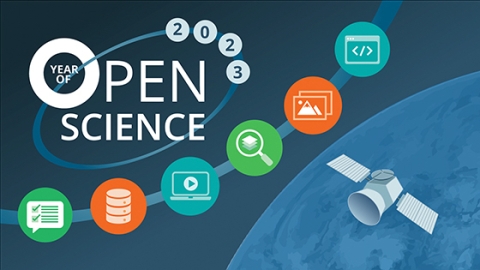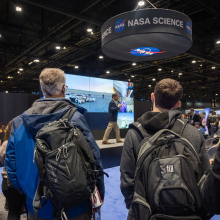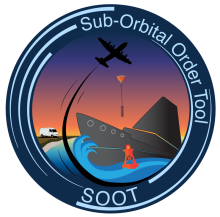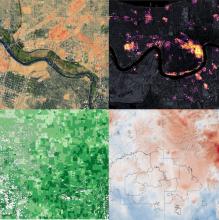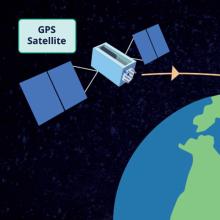NASA open science efforts, through undertakings like the Transform to Open Science (TOPS) mission and the Open-Source Science Initiative, are bringing vast amounts of Earth science data to researchers, managers, and inquisitive individuals around the world. A recent article by the TOPS team highlights some of the many NASA programs using data provided fully and openly by the agency and how the collaborative work being done with these resources is helping to unlock the secrets of Earth's interconnected systems.
Open science is a foundational objective of NASA’s Science Mission Directorate (SMD), and is the principle and practice of making research products and processes available to all, while respecting diverse cultures, maintaining security and privacy, and fostering collaborations, reproducibility, and equity. The TOPS article highlights five NASA programs leveraging open science principles, including NeMO-Net, the joint NASA/USGS Landsat series of missions, and the SERVIR program. By sharing research findings and data publicly, NASA enables scientists and the public to develop new insights, tools, and strategies for protecting the environment.
NASA TOPS seeks to rapidly transform agencies, organizations, and communities towards more inclusive and accessible research practices. Through a range of communication activities, TOPS engages with scientists, researchers, and the public to promote the importance of public access to federally funded research and data. TOPS also supports the broader Year of Open Science initiatives and works with aligned stakeholder groups to advance the goals of open science.
